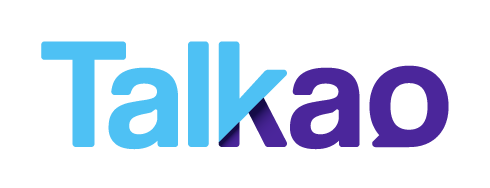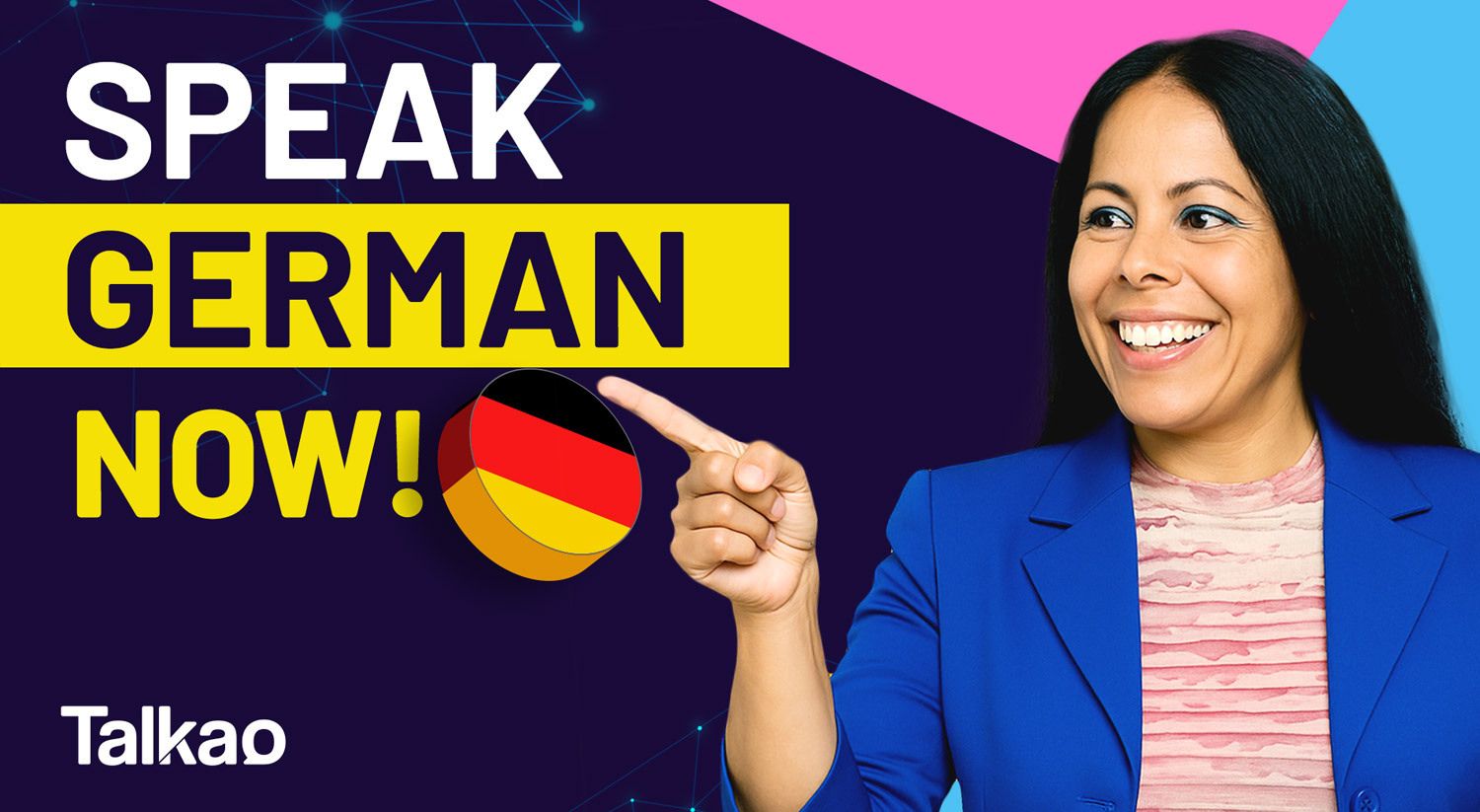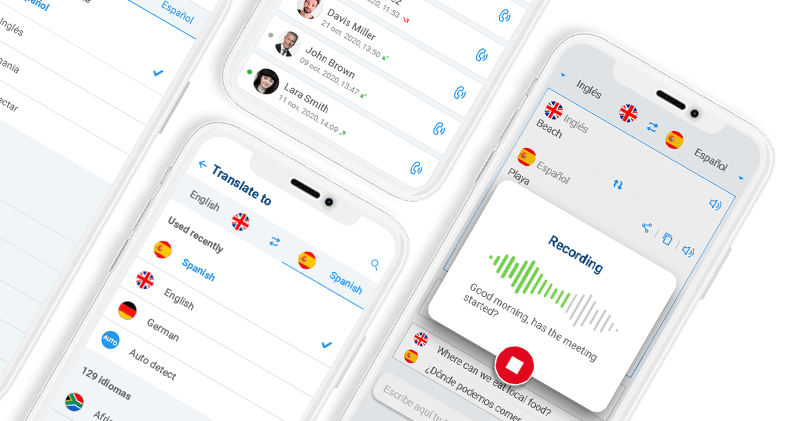
Today we’re going to explore the full potential of AI translation tools and how you can customize them to the max. You’ll see that it’s actually possible to “train” your translation AI to sound more natural and aligned with your needs. Whether you run a business that requires more automated communication with your clients, or you’re learning a new language and want to enhance your experience—this article is for you.
Over the next few sections, you’ll discover why translation AI can be your best ally when it comes to communicating in any language. We’ll also show you how, depending on how you use it, AI can become a powerful, long-term, and highly cost-effective solution.
That’s why we’ll also focus on busting a few common myths about AI translation that may be holding you back.
Finally, you’ll learn everything you can do with Talkao’s translation AI, and how to combine it with the best tools on the market today. This will help you maximize your business potential and build even stronger relationships with your customers.
Ready? Let’s dive in!
What is translation AI and why does it improve the communication experience?
This is, in a way, completely natural. Every time a groundbreaking technology enters the scene, critics are quick to emerge. And AI is no exception. When the first automobile hit the roads, people were shocked—some even claimed it was evil. No one wanted to board a plane until PanAm proved it was safe. And many thought Thomas Edison was out of his mind. AI translation has also had to deal with its fair share of skepticism and stigma.
In very basic terms, Artificial Intelligence (AI) is one of the greatest advancements in processing technology. Built on a foundation of essential components, AI has made progress that would’ve been unimaginable just a decade ago. So, what are these components? Let’s break them down to understand how they’ve shaped what experts now consider the most significant technological turning point of the century.
Unmatched processing power
Without going too deep into history, we have to go back to the moment translation AI first became possible—when supercomputers were born. These ultra-powerful machines were designed to tackle a massive problem: Big Data—the overwhelming volume of information circulating globally, far too vast for traditional computers to handle.
Supercomputers changed the game by offering storage capacities millions of times greater than any average office computer, along with unprecedented processing speeds. Thanks to this, we could now store and process vast amounts of data in real time, securely and systematically.
Machine learning: The real breakthrough
With powerful processors and a global server network in place, the next major step was machine learning. While it may sound like something out of a sci-fi movie, this concept is fairly simple: we taught machines to learn on their own.
By mimicking trial-and-error logic, machines started building connections between actions and outcomes. Over time, they learned to make decisions on their own—when, how, and where to execute tasks—without needing a human to guide every step.
Is it eerie? Maybe a little. But this ability to self-learn is what allowed AI systems to become dynamic, adaptive tools capable of solving complex tasks and generating accurate, natural translations in real time.
Continuous 24/7 feedback
You know when a website asks for permission to use cookies and you click “Accept” without thinking twice? Or when you ask Siri if it’s going to rain tomorrow? These might seem like small, everyday actions, but each one feeds valuable data back into the AI’s system.
That’s right—every single interaction, whether it’s asking Alexa for a recipe or using ChatGPT to write an email, becomes a new data point that helps AI systems refine their responses. To an AI, a question about French fries in New Zealand is just as relevant as a request for a complex chemical formula.
Each piece of data is categorized, stored, and later customized based on what the user needs. And that is what makes people both fascinated and a little scared.
Now that you’ve seen how it works, it’s time to move on to the next big topic in understanding translation AI: common myths and misconceptions.
The most absurd myths about AI: What’s really true?
Even governments are getting involved, trying to regulate AI as if it were a seven-headed monster about to destroy humanity. So-called “experts” (and let’s face it—today, anyone can claim to be an expert in just about anything) constantly warn us about its dangers.
And somehow, we’ve all been led to believe that AI is the new Antichrist, ready to end our existence… But is that really the case? Do you honestly think AI is as evil as they say?
If that’s what you believe, let’s take a moment to break down some of the most common myths that completely defy one key principle: common sense. Let’s see what people are saying—and why we believe these claims don’t hold up to logical scrutiny:
“AI will replace millions of jobs”
False. As fake as a $15 bill.
Not only will AI not eliminate jobs, it’s actually creating thousands of new professional opportunities. Right now, entire industries are being born around AI applications—everything from programming and operations to creative roles and education. These new careers wouldn’t even exist without the rise of artificial intelligence.
And let’s be clear: believing that an AI can do your job better than you is just as misguided as saying a car can replace a driver, or a computer can replace an entire office staff. AI—especially translation AI—is a tool, and like any tool, it’s designed to enhance, not replace, human capabilities.
In fact, AI is already being used to automate repetitive or mechanical tasks, freeing up real people to focus on more meaningful and strategic work. In short, AI doesn’t destroy jobs—it reshapes them, streamlines operations, and improves work environments.
“AI could take over systems and create global chaos”
Can a computer crash a hospital’s system? Technically, yes. Just like a poorly installed outlet can cause a fire in a building.
But here’s the point: AI itself can’t cause chaos unless we allow it to—through negligence, lack of oversight, or poor design. So far (and there’s no reason to think this will change any time soon), AI systems operate within well-defined limits.
Critical systems—like infrastructure, administration, and security—are still under human control. Developers have created robust safety protocols to protect machines from turning against themselves. Just like we install firewalls to block malware or use safety systems in elevators and nuclear plants, we’re building fail-safes to protect against AI malfunctions.
“If AI controls our everyday devices, we’re in danger”
This one is closely related to the previous myth—and just as misleading.
Hate to break it to you, but AI has been controlling your everyday devices for quite a while. Take your smartphone: most major phone brands now rely on AI to manage key features. The same goes for your social media feeds, productivity software, and even your TV. So, you should know that…
AI is already part of your daily life!
What we’re trying to say is this: AI is already deeply embedded in your daily routine—and guess what? Nothing terrible has happened. In fact, these systems are now faster, smarter, and more efficient than ever before.
But… could AI turn against us?
Sure, technically it’s possible. An AI could drain your bank account in seconds. It could flood your phone with destructive malware. Heck, maybe your washing machine could even turn on you.
Do you really believe that?
The truth is, many voices today have a vested interest in making AI look like a threat to humanity. But believing them would mean questioning whether we should embrace any form of technological innovation. If AI is a danger, then so is the internet, smartphones, and electric vehicles. Should we really abandon such a powerful tool based on fear and misinformation? That’s a question worth reflecting on.
What we should focus on: The real potential of translation AI
Instead of giving in to fear, we should explore the real, practical ways AI can improve our lives—starting with translation AI. These tools are already making waves in global communication, and the best ones today are just the beginning of what’s possible in the future.

How translation AI can help you grow your business?
Let’s be honest: there’s one thing that matters most to your business—your customers.
Regardless of the size of your company, where it’s based, or what industry you’re in, your customers are everything. That’s exactly why translation AI is the perfect tool to connect with them in a more effective and meaningful way.
When used properly, translation AI allows you to:
- Create high-converting content in any language and attract more customers.
- Respond to questions, comments, feedback, and customer support issues efficiently.
- Send personalized, targeted messages in your customer’s native language.
- Engage in real-time conversations, whether manually or via automated tools.
- Send and receive legal documents, contracts, and information in the right language.
- Generate blog posts, newsletters, social media content, and marketing messages.
- Design email campaigns or social media ads tailored to the language of each market.
But… How exactly can you do this? And more importantly, how can you customize this communication to feel personal and genuine?
Let’s dive in.
Voice-to-Voice translation AI: Real conversations, real connection
Need to talk to your customers in their language—but you’re not fluent?
With Talkao’s voice translation AI, you can do it in seconds. All you need is your smartphone to have natural, unlimited, real-time conversations—accurately and effortlessly.
Talkao’s AI-powered translation tools allow you to:
- Hold real-time conversations with simultaneous translation functionality.
- Hear your customer’s response in your own language—in over 125 languages, regardless of accent, tone, or speed.
- Speak directly into your phone in your own language, and the app will translate everything in real time.
- Enjoy natural-sounding translations that respect grammar, tone, and flow. No more robotic outputs with missing prepositions or broken syntax!
- Use idioms, local expressions, and slang—yes, even regional sayings and informal phrases—for the highest level of authenticity and connection.
The best part? This is all done in a progressive and adaptive way.
Talkao’s translation AI learns from your communication style and gradually adjusts to match your tone, vocabulary, and business personality.
Using translation AI for your business writing
In today’s business world, over 90% of communication between companies and customers is written. And this has a direct impact on your company’s growth and brand development.
Let’s face it—speaking is often easier, since spelling and grammar aren’t as noticeable in real-time conversation.
But when it comes to writing, these elements become crucial parts of your brand image.
In both the short and long term, your writing style influences how your customers perceive your credibility and professionalism. That’s why Talkao’s translation AI is a powerful ally for your written communication:
Write emails in your customer’s language
Even if you’re not fluent, you can confidently send messages that are accurate, well-written, and professional.
Create marketing campaigns
In any language, using persuasive tools like keywords, action verbs, subjunctives, adverbs, and grammar that fits your tone and purpose.
Get 100% accurate translations—form and meaning
Talkao’s AI translation respects your original message’s tone and intention, so you’ll never lose what you really want to say.
Social media and websites
Generate posts, reels, blog articles, newsletters, and visuals with embedded text in multiple languages. Include local slang, expressions, technical terms, and industry-specific vocabulary with ease.
FAQs, comments, and customer questions
Reply to messages, reviews, inquiries, and customer feedback in real time, all in your native language.
Customer service tools
Train chatbots, auto-responses, website content, and more—in any language you need.
Product and service descriptions
Describe what you offer with flawless spelling and grammar, while maintaining the original message’s intent and targeting each market effectively.
Translate videos and images
With Talkao’s video and image translation features, you can produce multilingual visual content effortlessly. You don’t need to create separate versions for each language—just adapt your existing materials with precision.

Your translation AI: More personalized and tailored to your business every day
The idea of “training” your translation AI might sound a bit exaggerated at first. However, one of the biggest advantages of AI—especially translation AI—is that it can be personalized.
You see, AI operates with a progressive learning model, which means it gradually adapts to its user’s style and preferences. So, the more you use it, the more your translation AI will learn your tone, your phrasing, and your communication style.
But how does it actually work?
Thanks to machine learning, the AI analyzes both the form and content of your original texts. Over time, it strives to mimic the way you write and speak, offering translations that sound more like you every time.
It studies your grammar and syntax patterns to understand the tone you typically use. Then, it evaluates your goals—what message you want to send—and tailors its output to reflect that intention.
As a result, you’ll begin to receive translated texts that closely match your unique voice and communication goals.
And here’s the best part: the more specific and refined your requests are, the better your AI will get at producing content that feels natural, human, and engaging.
Want to take full advantage of this potential? Up next, we’ll explore some expert tips to help you train your translation AI to work exactly the way your business needs.
Step-by-Step guide to personalizing your translation AI
Create more specific prompts or commands
It’s not the same to say “write an email” as it is to specify who the email is for, what your goals are, what tone you want, and what kind of result you’re expecting.
The more detailed your instructions, the better the output will be.
Assign your translation AI a role
Define the role you want your AI to take on. Tell it who it should act like and how it should create the content. A good way to start is with prompts like:
- “Act as the customer support manager of…”
- “Write as the CEO of the company…”
- “You’re a service operator who…”
This way, the AI knows which writing parameters and tone to use.
Provide as much information as possible
Give it context, background information, special cases, or any relevant details it should consider before generating content. The more variables you introduce, the more the AI can adapt.
As you provide it with richer input, your translation AI will have more tools to deliver content that fits your needs perfectly. Don’t hesitate to talk to it as if it were a real assistant or team member—because that’s exactly what it is: a powerful and reliable ally for your business.
And finally… Don’t be afraid of translation AI! On the contrary, embrace this incredible tool. It can boost your growth and give your business a major competitive edge in today’s global market.










Newsletter